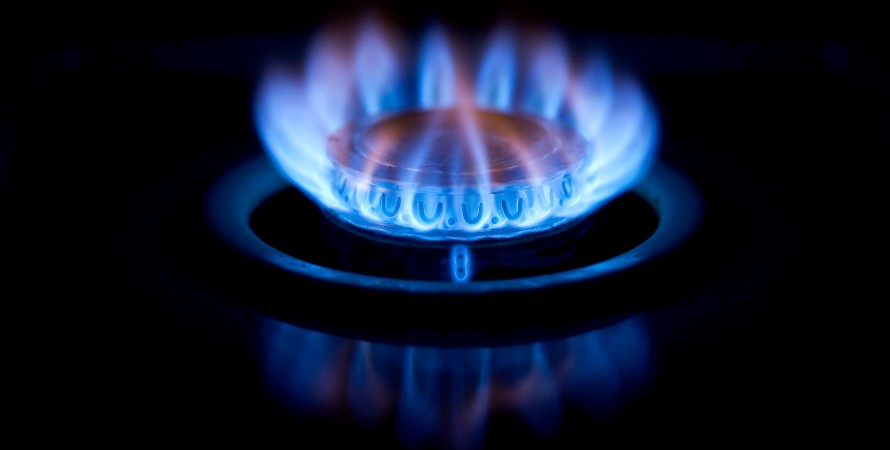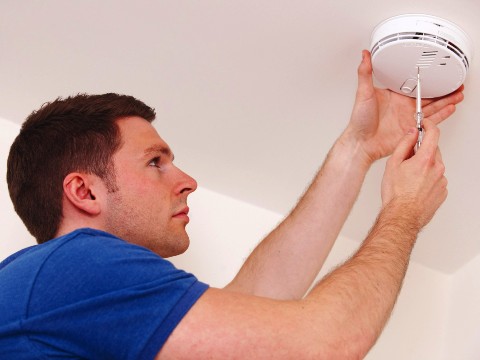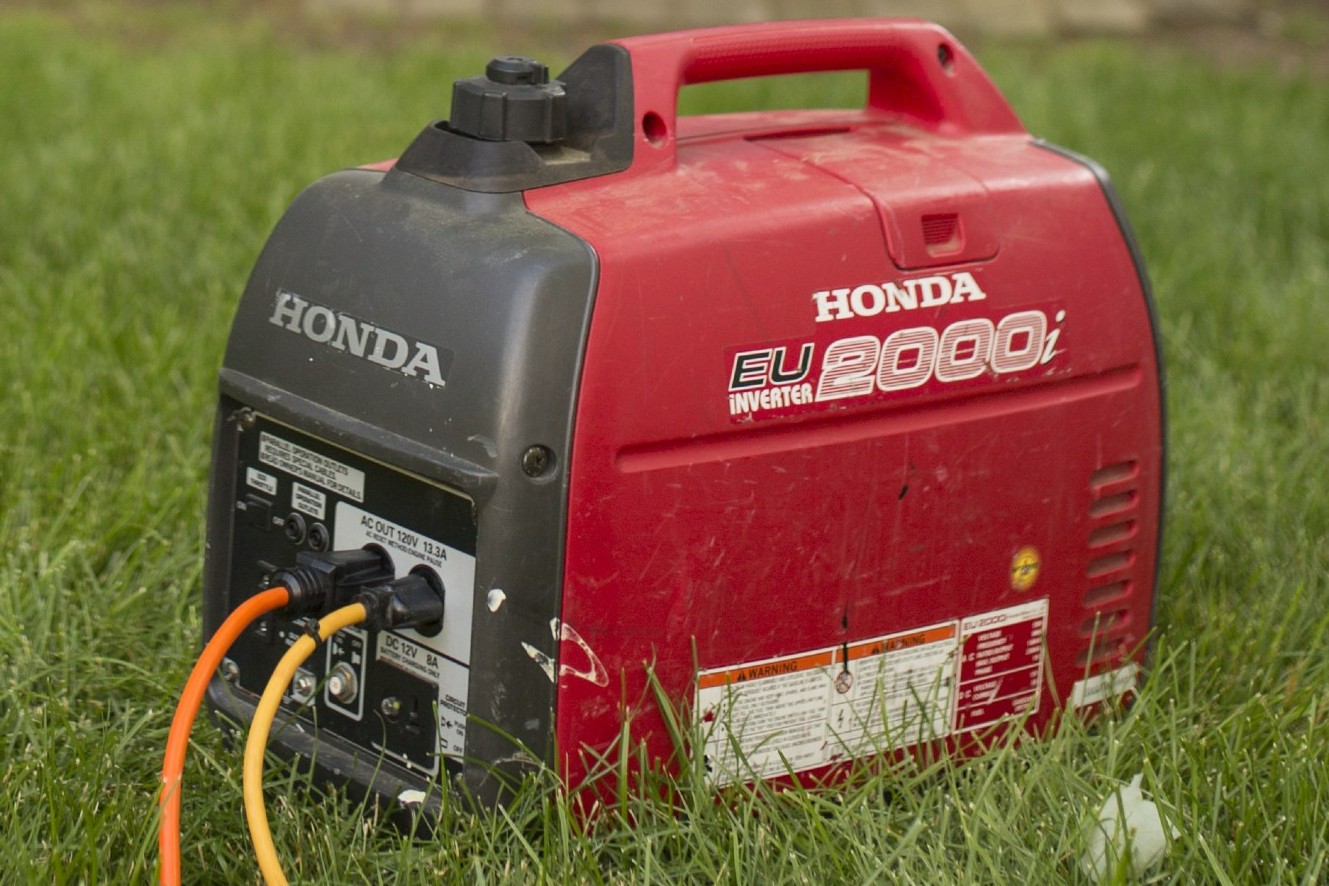National Grid Encourages Customers to Learn How to Identify, Prevent and Remedy Natural Gas and Carbon Monoxide Emergencies
Dec 16, 2021 - 1:21 PM
Categories:

Winter’s arrival in upstate New York brings a unique set of challenges to area residents. Walking and driving in slippery conditions and protecting oneself from the elements are part of everyday life in this region. Knowing what to do if a natural gas leak is suspected and how to avoid exposure to carbon monoxide is just as critical. National Grid offers customers the following safety reminders.
Natural Gas Leaks
Natural Gas Leaks
Natural gas is completely safe when it is used properly. National Grid continually tests, repairs and improves its underground natural gas delivery system, but the possibility exists for a gas leak in or near your home.
When extracted from the ground, natural gas is odorless. National Grid adds a harmless substance called mercaptan to its gas supply, which creates a pungent odor similar to rotten eggs and alerts people to its presence.
Natural gas leaks are potentially hazardous and those who detect the odor of gas or suspect a leak should evacuate themselves, loved ones, and pets from the premises immediately and call National Grid’s gas emergency number from a safe location. Never call from inside the space where the gas leak is suspect. Dial 1-800-892-2345 or 911 and National Grid technicians will respond. Also:
- Do NOT touch any electrical or light switches, appliances, thermostats, doorbells, phones or anything that could cause a spark.
- Do NOT turn any electrical equipment on or off.
- Do NOT insert or pull any plugs from outlets.
- Do NOT smoke or light matches.
- Do NOT reenter the home until National Grid clears the scene.

Carbon Monoxide Safety and Prevention
Carbon monoxide is an invisible, odorless gas that could be deadly if undetected. It’s produced when fuels such as natural gas, propane, heating oil, wood and wood pellets, kerosene, gasoline and coal don’t burn off completely. Potential sources of carbon monoxide in the home include forced-air furnaces, kerosene-fueled space heaters, natural gas ranges, wood stoves, water heaters, fireplaces and motor vehicles.
Carbon monoxide poisoning symptoms include headaches, weakness, confusion, blurred vision, shortness of breath or chest tightness, dizziness, nausea or vomiting, and sleepiness or loss of consciousness. Prolonged exposure and the amount of carbon monoxide in the air may intensify the symptoms felt by an individual. Customers suspecting its presence in their home should:
- Immediately exit the premises.
- Call 911 and report a carbon monoxide emergency to first responders.
- Contact National Grid’s gas emergency line at 1-800-892-2345. National Grid responds immediately to all suspected carbon monoxide emergencies within its service area, even if the customer purchases natural gas from an another supplier.
- Do not reenter the home until first responders and/or National Grid find the source and clear the scene.

A carbon monoxide detector should be installed on every floor of a home. National Grid recommends the installation of Underwriters Laboratory approved home carbon monoxide detectors, available at home improvement and discount stores. Batteries should be changed annually to ensure proper function and the end of daylight saving time is a good reminder to check these devices. National Grid also offers these additional safety tips to help identify and prevent carbon monoxide poisoning:
- Annual maintenance of home heating sources is an important step to preventing carbon monoxide illnesses. Licensed contractors check heating sources to ensure they are burning fuel safely and efficiently while venting properly.
- Check chimneys or flues for debris, bird nests or other blockages.
- Be sure space heaters and wood stoves are in good working order, adequately ventilated and used according to manufacturer’s instructions.
- Operate gas ovens and/or ranges safely.
- Never use an oven for heating purposes.
- Be mindful of children and how close they are to the oven when in use.
- Inspect the oven for pungent odors or soot on its surface, as this may indicate improper combustion and carbon monoxide generation.
- Coal or charcoal should never be burned in an enclosed space and should always be ventilated outdoors.
- Backup generators must be operated outdoors. Place the generator on a level, fireproof surface at least six feet from the home and run cords indoors when operating.
- Don’t warm up an automobile while it’s parked in a garage, regardless of whether the garage door is open. Carbon monoxide produced by a motor vehicle in a confined space can build to lethal levels and easily spread to the inside of the home.
Click here for National Grid’s Carbon Monoxide Safety fact sheet. For more information on carbon monoxide prevention visit the U.S. Consumer Product Safety Division.
About National Grid
About National Grid: National Grid (NYSE: NGG) is an electricity, natural gas, and clean energy delivery company serving more than 20 million people through our networks in New York, Massachusetts, and Rhode Island. National Grid is transforming our electricity and natural gas networks with smarter, cleaner, and more resilient energy solutions to meet the goal of reducing greenhouse gas emissions.
For more information, please visit our website, follow us on Twitter, watch us on YouTube, friend us on Facebook, and find our photos on Instagram.
Media Contacts
Related News
